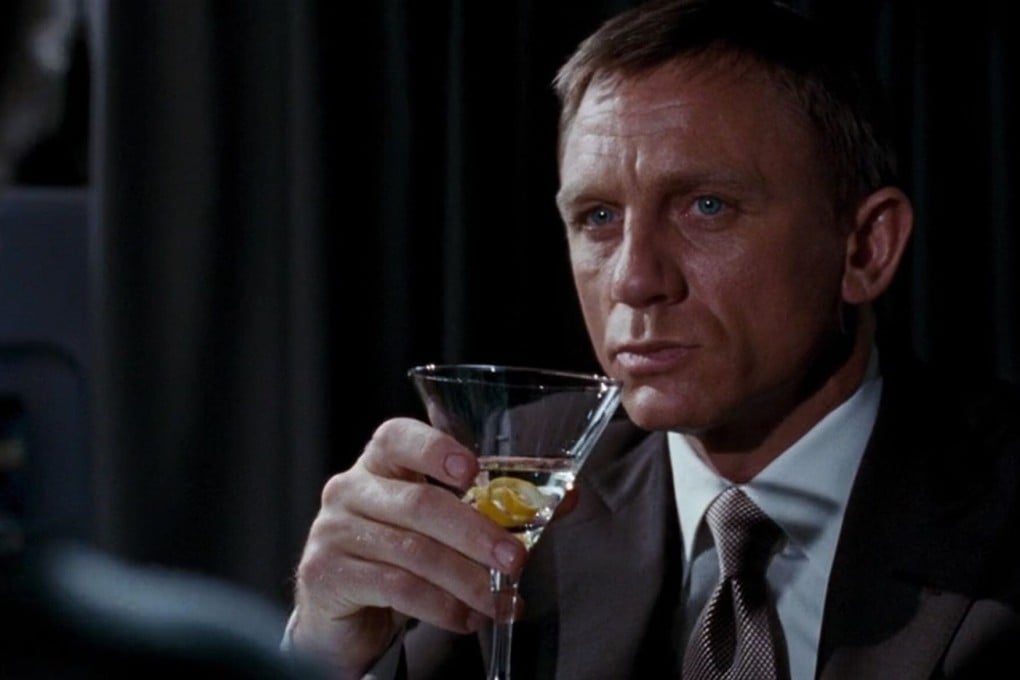Vermouth makes more than just martinis – introducing the aromatic, fortified wine
- There is much to discover about the discreet charms of the classic cocktail ingredient
- Three basic styles – dry, sweet and bianco – each have their appeal and uses

Vermouth has come a long way in recent years from being known as the “other” ingredient in a classic martini, a distant second to gin. Essentially wine flavoured with aromatics and fortified with additional alcohol to keep it stable, vermouth gets its name from the German wermut, or wormwood.
Depending on where it is made, it may also contain botanical herbs, roots, flowers, seeds and berries. Vermouth is an essential but discreet ingredient that adds flavour and aroma to many cocktails, not just martinis.
There are three basic styles of vermouth: dry, sweet and bianco.
French vermouths are dry with a light nutty flavour and hints of toasted almonds, mint and orange peel. Two good examples of this style are Noilly Prat and Dolin Chambery, both of which are perfect in a dry martini.

Noilly Prat was the first dry vermouth, originating in 1813, in the Mediterranean fishing village of Marseillan. Instead of a neutral spirit, it is fortified with mistelle – a blend of fermented grape juice and spirit. Noilly Prat vermouth is infused with camomile flowers, cinnamon, cloves, cilantro root, bitter orange peel and nutmeg.
Dolin Chambery was first made in the 1820s by an adventurous young man named Joseph Chavasse. He was already making Alpine herb-based liquors, but on his travels in Turin, Italy, he saw local spirits makers producing “vermuts” that had a huge following.
